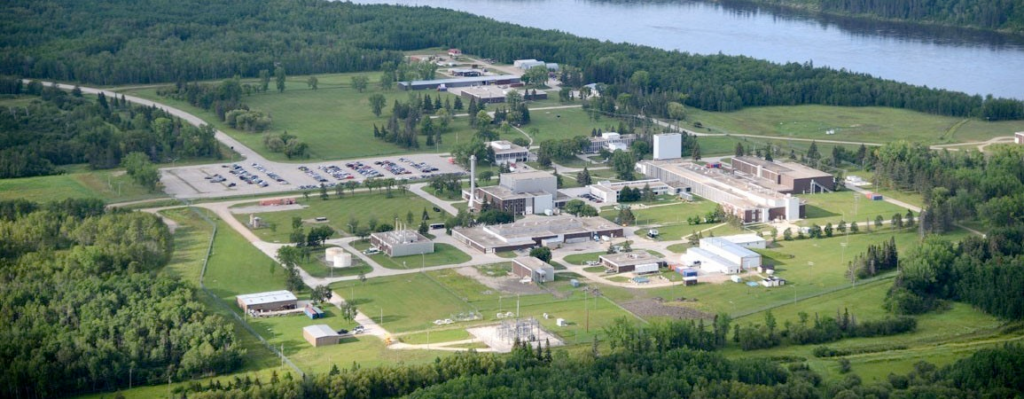
By Anne Lindsey
Russia’s war on Ukraine reminds us of an important lens through which to consider Canada’s energy policies responding to climate change.
Pressures to transition to a low carbon future are high as the world faces down climate catastrophe, but now sanctions on Russian hydrocarbon supplies are leading to calls to reinvigorate the Canadian oil and gas industry and its attendant infrastructure. Even increases in coal production are being touted. Canada has committed to reduce our greenhouse gas emissions by 40- 45% by 2030. That commitment must not be abandoned. We cannot allow ourselves to be distracted from the calls to action in the most recent UN Climate Report. It’s critical for Canada to stay the course and strengthen our actions on emissions reduction.
At the same time, the Ukraine situation should deter the federal government from continuing to promote nuclear power as an alternative to fossil fuels for electricity generation. Their commitment to nuclear, especially the so-called “small modular reactors” is backed by significant dollars. Innovation, Science and Economic Development Canada (ISED), a division of Natural Resources Canada, is seen as the main potential funder of SMRs, from its “Net Zero Accelerator”. This fund holds $8 billion, $70.5M of which has already been allocated to the experimental planned SMRs in Ontario and New Brunswick, and most recently, to another agreement for $27M to Westinghouse for its “micro reactor” which it plans to sell to remote Indigenous communities. Events in Ukraine highlight the absolute folly of this technology in an unstable world.
Nuclear power is intrinsically linked to nuclear weapons, through the production of fissile materials within reactors (also known as nuclear waste), and the risk that poses is amplified when an attack on a power station renders that station a potential weapon in itself. As Gordon Edwards, President of the Canadian Coalition for Nuclear Responsibility, and others have pointed out, the “small” reactors that are proposed to be positioned across Canada (and exported around the world if the industry gets its way) will contain similar materials as their bigger counterparts, only with less structural containment.
Enter the upcoming federal budget. Former Parliamentary budget officer Kevin Page, not contradicted by senior officials in the department of finance, warned Canadians to expect a spring budget that pares down spending dramatically. Emerging from the economic havoc of Covid, and now pouring essential resources into Ukrainian defence and humanitarian aid, the domestic purse strings will be tightened, says Page. To be clear, climate change action will be a one of the priority areas in the budget, but this is not the time to be putting down millions or potentially billions in a gamble for some yet-to-be-developed nuclear technology that will barely make a dent in Canada’s greenhouse gas emissions, and certainly not in the time frame demanded by our Paris accord commitments. Doing so slows our response to climate change.
Those funds need to be spent on actual reductions in fossil fuel energy use – starting today. Solar and wind are the fastest growing sectors in energy development – they are ready to be deployed now, not in some distant future, and at a fraction of the cost of nuclear power, including in remote communities. Even Bloomberg’s New Energy Finance, cited in a Yale Environment article by Lovins and Ramana, estimates that wind and solar are the cheapest source for more than 90% of the world’s electricity.
Other data cited in the same piece, show that new methods of grid and energy management, and storage, mean renewables can provide the power we need, safely, for secure and reliable electrical energy transmission. In parts of the country dependent on gas for home heating, strong investment in insulation and efficiency upgrades not only reduces emissions, but creates much-needed jobs. Indigenous communities in Manitoba and elsewhere are leading the way with installed geothermal and other renewable technologies. I could go on. The dual risks of fossil fuels and nuclear are unacceptable. The opportunities presented by renewable energy are many and they are available now.
This is our best path forward in a world that confronts the devastating impacts of climate change and the concurrent threat of a destabilizing global order as we, in our privileged and wealthy western world have known it. It is a path of environmental recovery and social opportunity.
Anne Lindsey is formerly the Executive Director of the Manitoba Eco-Network, a long-time activist and a Canadian Centre for Policy Alternatives Manitoba Research Associate.


